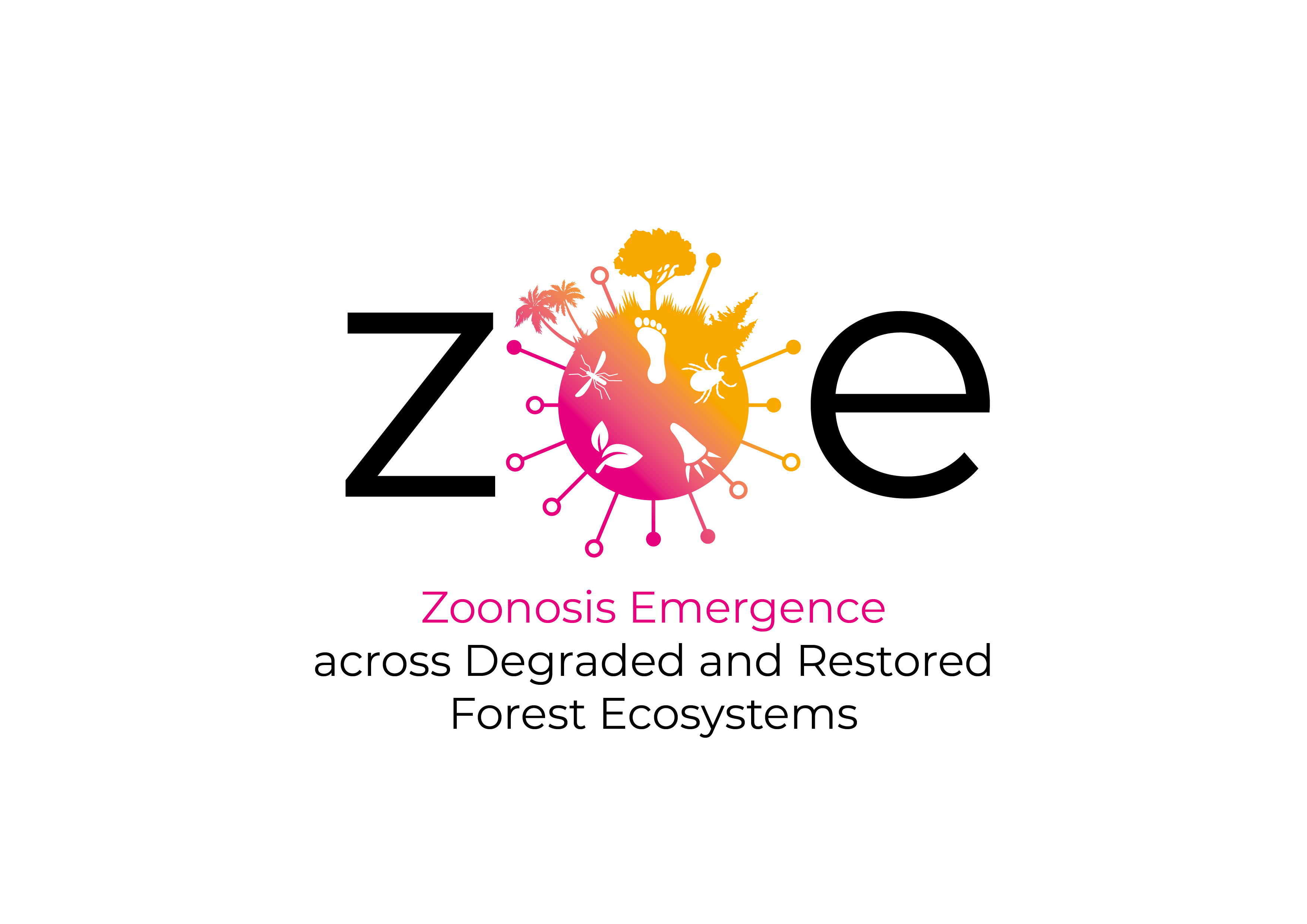EU project investigates links between land use change, biodiversity loss and zoonosis risk
What influence do changes in land use and a loss of biodiversity have on the transmission of pathogens between animals and humans? This question is being investigated by an international and interdisciplinary research team as part of the EU project ZOE - "Zoonosis Emergence accros Degraded and Restored Forest Ecosystems". Partners from seven European and four American countries are participating in the project, which is led by Charité - Universitätsmedizin Berlin. The Fraunhofer Institute for Cell Therapy and Immunology IZI is contributing its expertise in the field of virology and assay development.

Zoonoses are diseases that can be transmitted from animals to humans. Infection can occur through direct contact with animals, through contaminated food or through vectors such as ticks and mosquitoes. Humans play a decisive role in the development and spread of zoonoses. Agriculture and livestock farming, as well as the trade and consumption of wild animals, create environmental situations in which pathogens can easily be transmitted between animals and humans. Added to this are interventions in natural habitats, such as the clearing of forests to make room for livestock or plantations, or the expansion of urban areas.
Over the next four years, the ZOE consortium intends to investigate the exact relationship between changes in land use, the loss of biodiversity and the risk of zoonoses. Partners from the fields of geography, geobotany, ecology, virology, immunology, epidemiology, sociology, psychology, anthropology and knowledge dissemination are working together on the project. One of the aims of the project is to carry out a detailed mapping of biodiversity in forest areas in which humans have intervened to varying degrees. To this end, researchers in Guatemala, Costa Rica, Slovenia and Slovakia will study original forests as well as deforested and renaturalized areas.
In order to determine the prevailing land use and biodiversity, the nature of the landscape and the animal and plant species will be recorded using satellite images and also directly on site. In addition, the scientists want to determine how many potentially dangerous microorganisms are circulating in the ecosystem by testing rodents, ticks and mosquitoes - as frequent carriers of zoonotic pathogens - for the presence of various bacteria and viruses using modern sequencing techniques.
At the Fraunhofer IZI, the team led by PD Dr. Sebastian Ulbert, Head of the Vaccines and Infection Models Department, will develop assays to screen the samples from the study areas for all important groups of zoonotic pathogens. The samples mainly comprise blood samples from animals from the forest areas under investigation. In addition, blood samples from people living in the vicinity will be examined in order to find out how many of the zoonotic pathogens have already been transmitted.
Further information can be found in the press release from Charité - Universitätsmedizin Berlin on the start of the ZOE project.
Partners
- Charité – Universitätsmedizin Berlin, Germany
- Leibniz University Hannover, Germany
- Biomedical Research Center of the Slovak Academy of Sciences, Slovakia
- Fraunhofer Institute for Cell Therapy and Immunology, Germany
- Universidad del Valle de Guatemala, Guatemala
- University of Vienna, Austria
- University of Ljubljana, Slovenia
- University of Potsdam, Germany
- Pikado B.V., Netherlands
- University of Costa Rica, Costa Rica
- University of A Coruña, Spain
- Aix-Marseille University, France
- Protisvalor, France
- National Autonomous University of Mexico, Mexico
- Centro de Investigación y de Estudios Avanzados, Mexico
- Wildlife Conservation Society, USA
Funding

